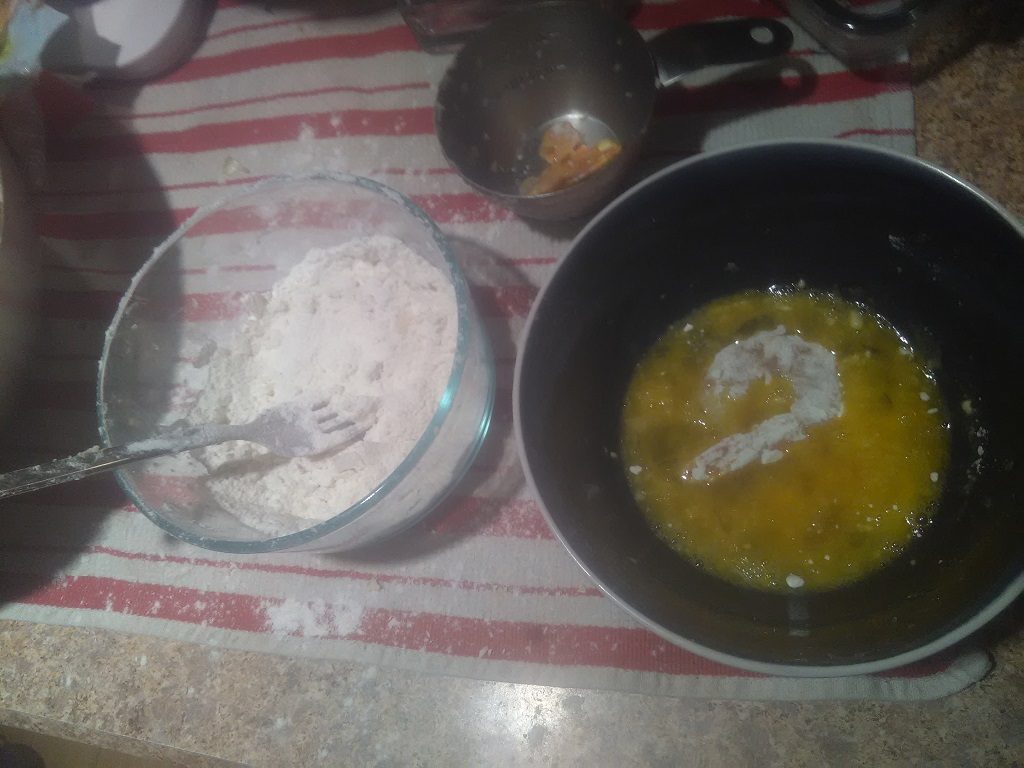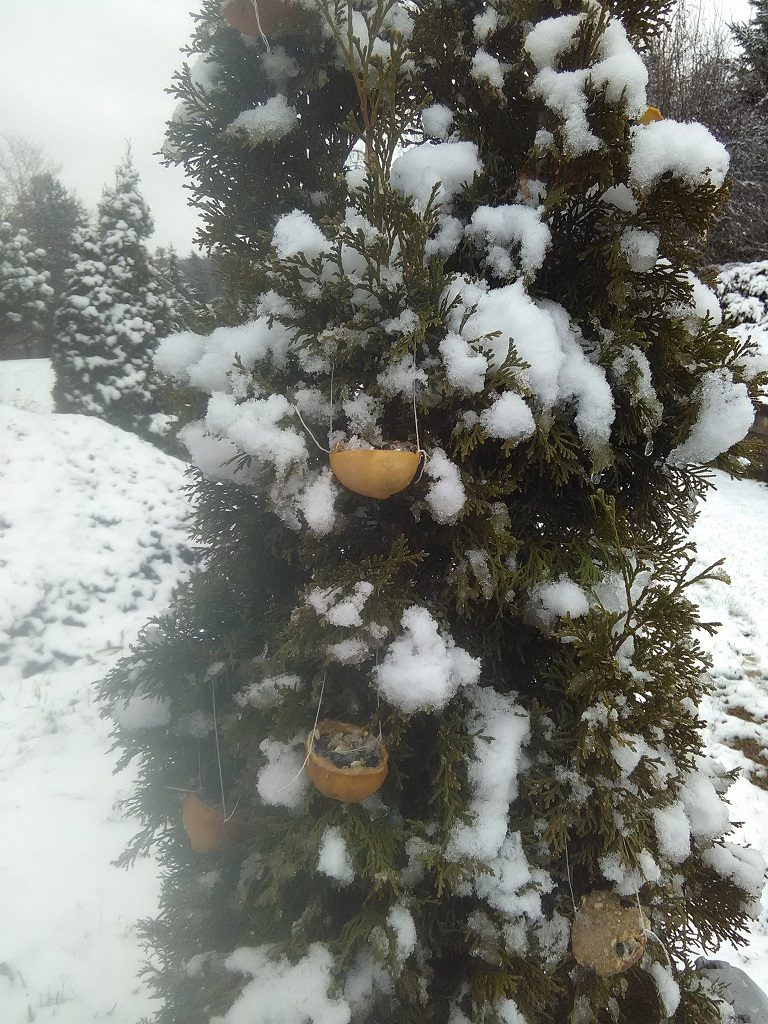A 3D printer filament manufacturer, MakerGeeks, has been running a series of awesome deals since Black Friday. We placed an order for several of their their “grab bag” packages – which I assume to be production overruns and whatever isn’t selling. We want to make a few large prototypes – if it’s an amalgamation of oddball colours … whatever, it’ll still be functional. We can pay extra to select the colour once we’ve got a finished model file.
A few hours after placing my order, I got a mass e-mail saying essentially “we sold a lot more stuff than we expected, it’s gonna take a while to ship”. Wasn’t buying Christmas presents, so waiting a while … whatever. Two weeks later, I haven’t heard a thing from them. Odd. I sent a quick e-mail asking for someone to verify that my order didn’t get lost or something. And never heard back from them. Waited another week and sent a follow-up.
Checked them out on the BBB site and found out they’ve got a really bad reputation for non-existent customer service And not shipping ‘stuff’. Sent an e-mail to all of the contacts listed on the BBB site (the phone number is unanswered and rolls to a generic message). Another week with no response, and I filed a BBB complaint mostly to increase the number of people saying “these people don’t bother answering e-mail and suck at order fulfillment”.
Additional irony – I’d subscribed to their newsletter when we placed our order. The five weeks of no communication from the company did include an almost daily e-mail with information on their holiday promotion. So they’re not bothering to ship my stuff, but they’re actively soliciting new orders!?!
What bothers me, though, is that a simple automated job would be the difference between initiating a charge-back and waiting for my order to ship. There’s an order database somewhere. Pull a list of all open orders & send a message that says increasingly comforting versions of “we haven’t forgotten about you, we just haven’t gotten to you yet”. If it were me, I’d probably include something like “We currently have outstanding orders for 25,839 KG of filament that we’re working through. The machines are running as fast as they can, and we’re shipping 2,848 KG a day. We want to thank you for your patience as we work through this amazing volume of holiday orders.”. Actual message content is almost irrelevant. The point is a few dozen development hours would be saving orders and improving the company’s reputation.
Instead I get nothing. With no faith that the company will ship me anything ever … and since I don’t want to try disputing a charge six months after it was made (had problems with that before – prepaid a CSA membership through PayPal, waited eight months for the new cycle to start, but I wasn’t on their list and they claimed to have no record of my payment. Tried to dispute it through PayPal and was told the window to dispute the charge was up … but I didn’t know I wasn’t going to be part of the new year until the first delivery!), I presented my communication and their complete lack of response to the credit card company. About 24 hours later, the charge-back was completed.




